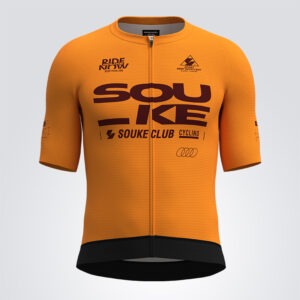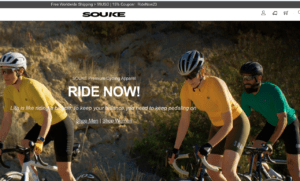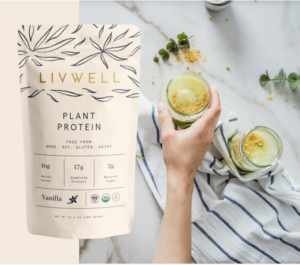Eating and drinking while cycling
Eating and drinking while cycling
Eating and drinking while cycling enables you to ride strong and avoid stomach trouble with the right amounts of the right foods at the right times.
It’s easier than you think to overload on carbs. An energy bar (23 grams of carbs), one gel (27 grams of carbs) and bottle of sports drink (about 50 grams of carbs) equates to 100 grams of carbohydrate every hour. Early in the rides, everything works because you’re getting all the fluid, energy and sodium your body could handle, but after a few hours the excess carbohydrate sloshing around in your system will make you nauseous, bloated and ill. By guzzling an entire bottle of liquid early in the ride your body is unable to adequately process that while you exercise.
So once every 15 minutes or so drink, instead of guzzling an entire bottle at once. Add granola bars and fig bars to your stash of energy bars and gels for variety. Several hours into the ride you will be taking long turns at the front and chatting happily in the paceline as if the ride had just begun.
One of the easiest ways to optimize your carbohydrate intake during rides is to drink a low-carb, electrolyte hydrating drink while you’re eating light, digestible snacks, like fig bars and bananas. Simply separating these two categories—hydration and solid food—typically brings people back into the range of 30 to 60 grams of carbohydrate per hour, while also ensuring they’re getting adequate sodium and fluids.
Why we eat on the bike
One of the first things a new cyclist learns is that without on-bike food and fluids, you can’t pedal very far or very fast. Here’s what to eat and drink on rides of various lengths for stronger rides.
Short Rides
•Ride Duration: 1 hour or less
•Primary Concern: Fluid replenishment
•Drink: Plain water or a low-carb, electrolyte hydration drink
•Eat: Most people start with enough stored energy for a 60-minute workout, but carry a banana just in case you’re out longer than expected or you start to fade.
•For optimal recovery, eat a full meal within an hour of finishing an intense workout.
Medium-Length Rides
•Ride Duration: 1 to 3 hours
•Primary Concern: Carbohydrate replenishment
•Drink: 2 bottles low-carb, electrolyte hydration drinks, at least
•Eat: 30 to 60g of carb per hour from food.
•Don’t wait until your hungry or thirsty to eat and drink. Take small nibbles and sips from the get-go.
Longer Rides
•Ride Duration: 3 hours or more
•Primary Concern: Carbohydrate and electrolyte replenishment; food boredom
•Drink: 2 bottles low-carb, electrolyte hydration drinks, at least
•Eat: 30 to 60g of carbs per hour, total. Digestion can get harder as rides get longer, so eat more solids at the beginning of the ride, and switch to blocks, chews, and other easily digested foods during the final part of the ride. Just be sure to drink plenty of fluid to chase down gels, so you don’t get GI upset.
•Supplement bars and gels with carb-rich, low-protein, moderate-fat “real” foods. Don’t worry about specific amounts of protein or fat; just eat what tastes good so you keep eating.
Learn more and become a member of Veloharmony Road Cycling Institute on Youtube.












